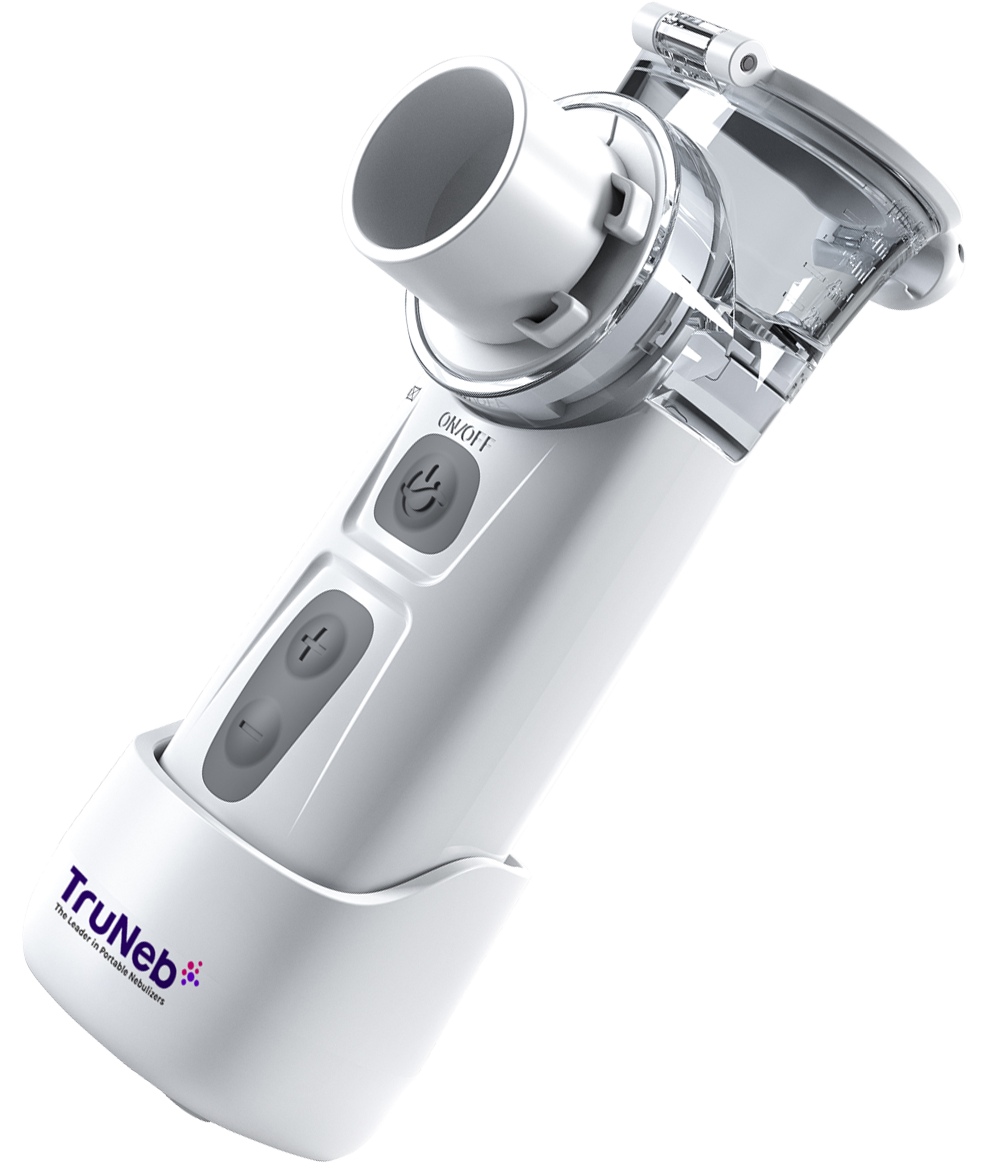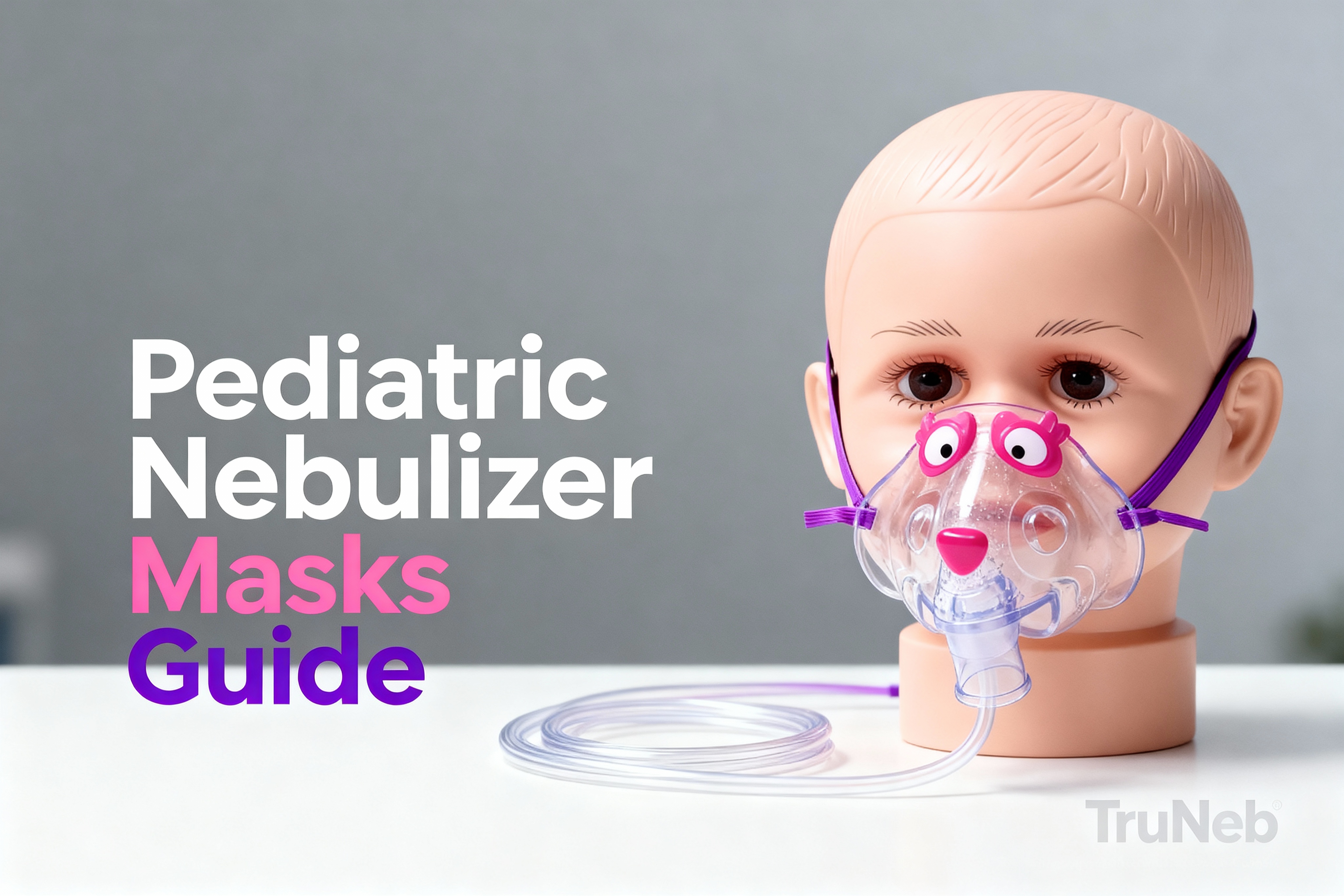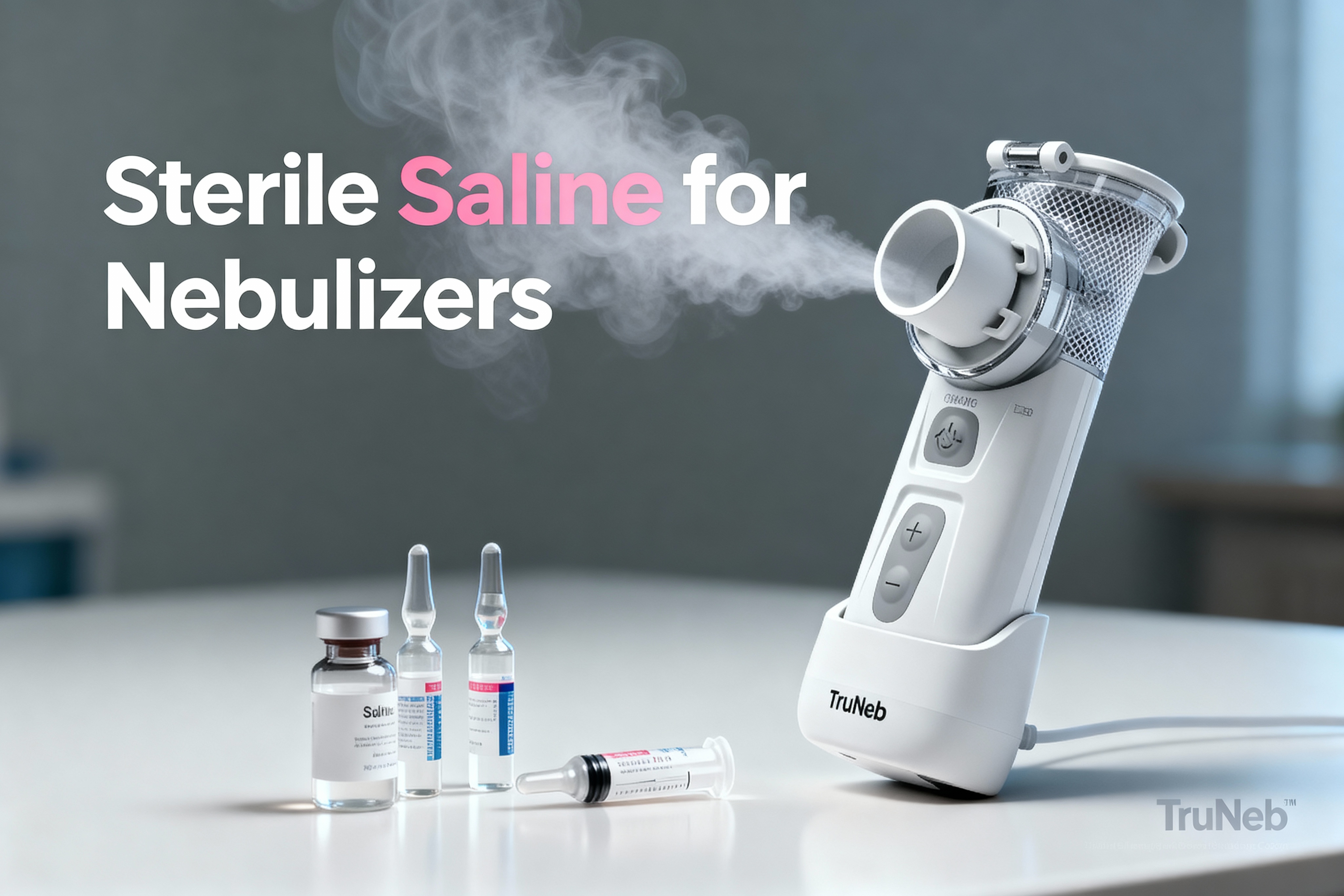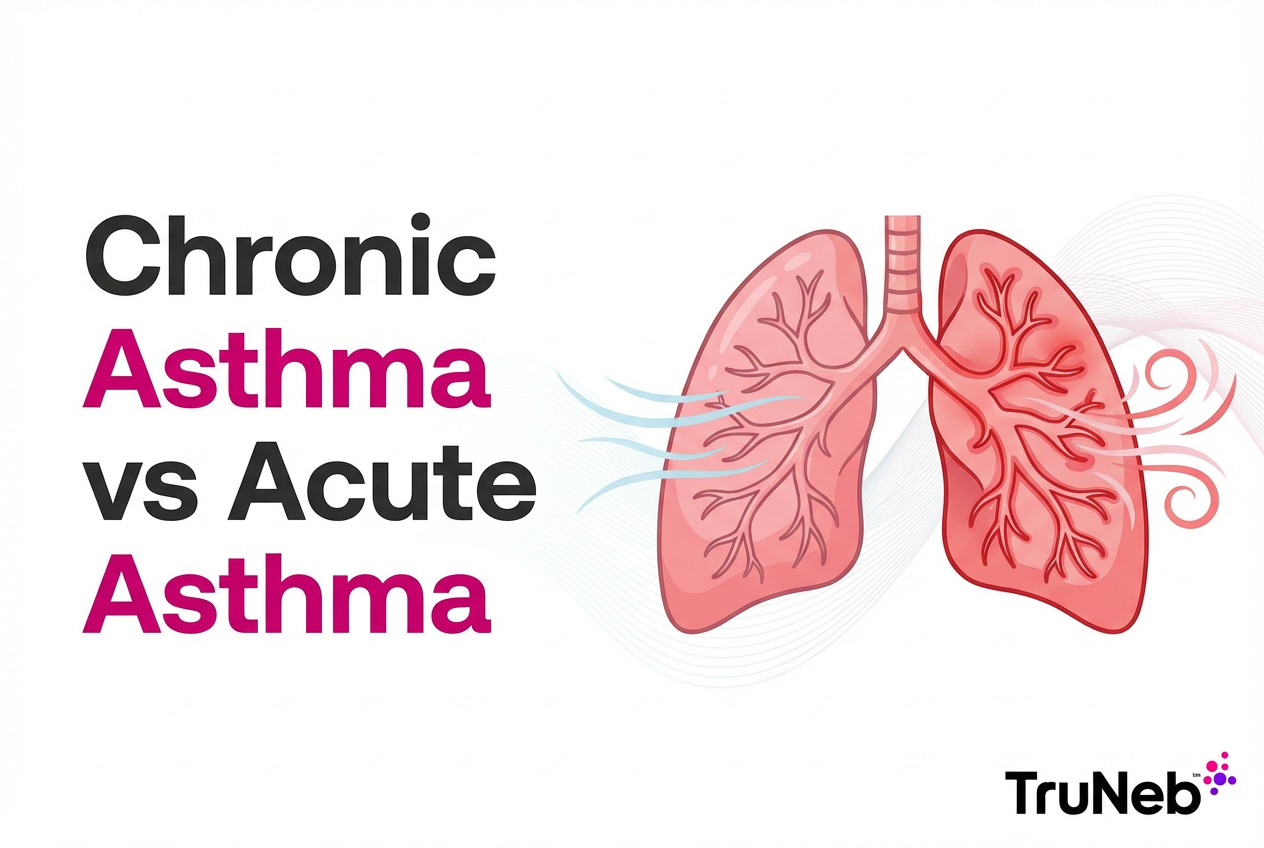On this page
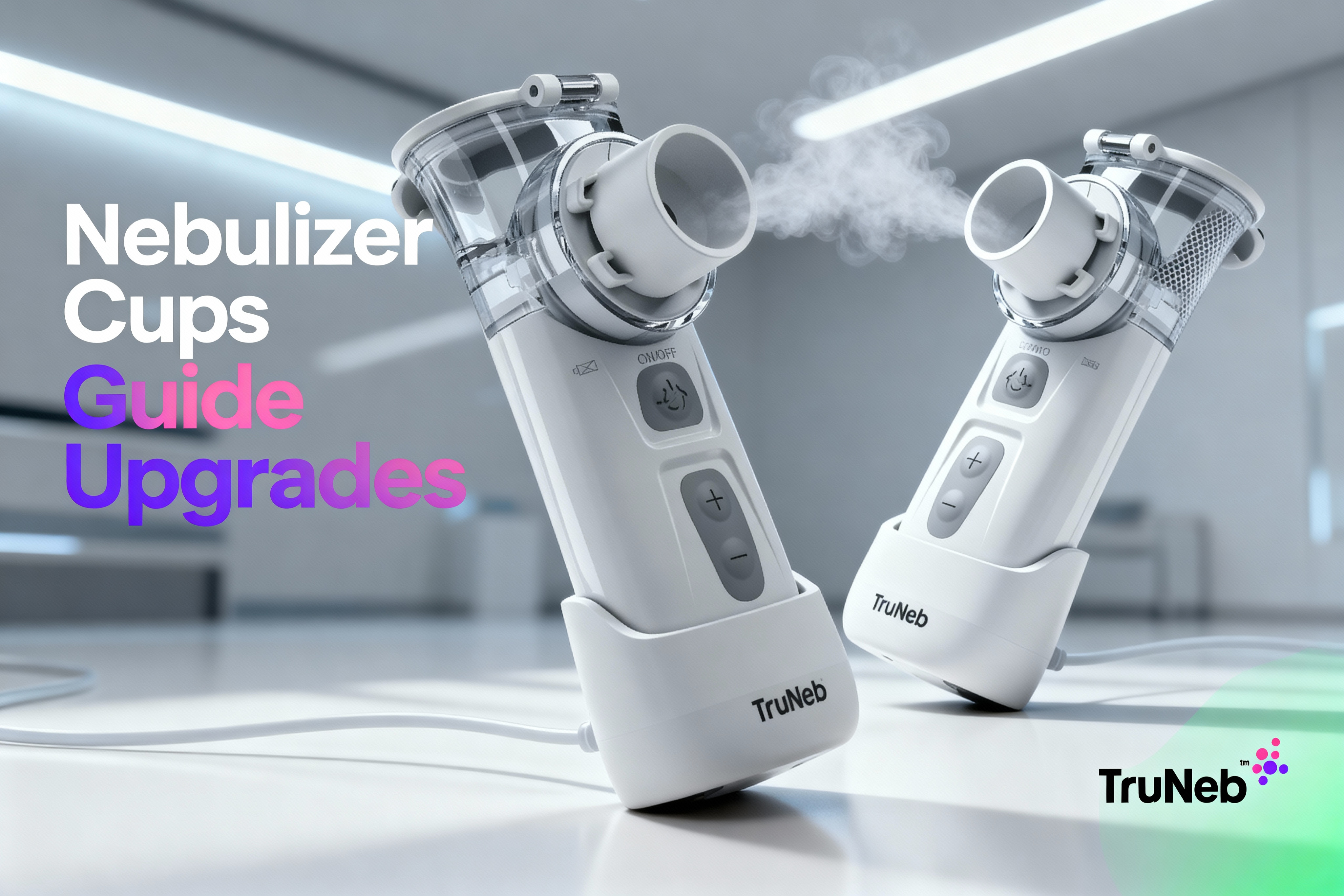
What is a nebulizer cup and how does it work?
A nebulizer cup is the small chamber that holds your liquid medicine and turns it into a fine mist you can breathe in. In a typical setup, the air compressor pushes air through the tubing into the cup, which breaks the liquid into tiny droplets (aerosol). You then inhale the mist through a mouthpiece or mask.
Think of the cup as the heart of your nebulizer. If it's cracked, dirty, or not assembled right, the mist can be weak or might not form at all.
One-line takeaway: A nebulizer cup is the medicine chamber that makes the inhalable mist (no working cup, no effective treatment).
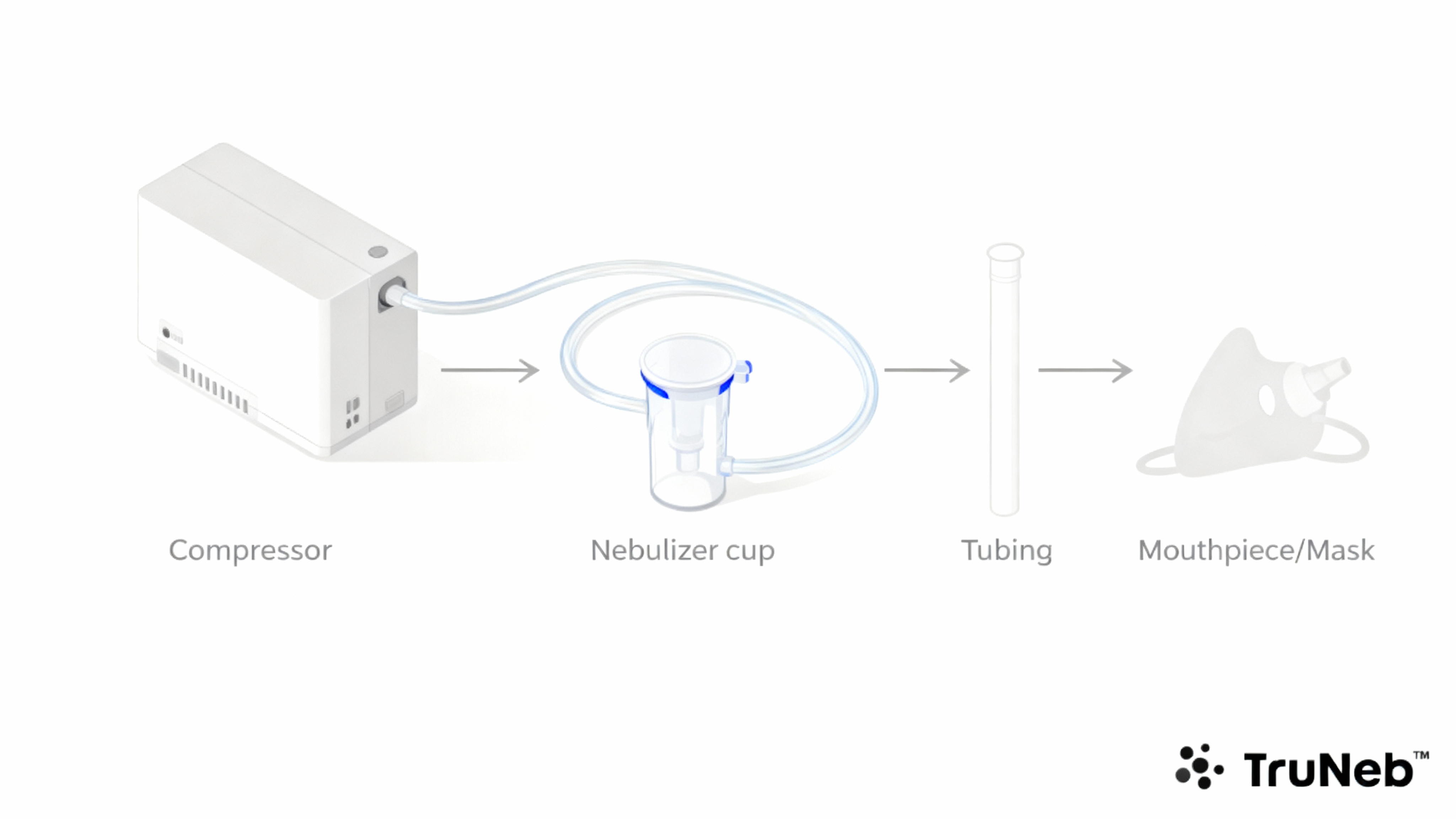
Types of Nebulizer Cups (Reusable, Disposable, Integrated)
Reusable setups use a reusable nebulizer cup and tubing connected to a compressor (jet nebulizer). Disposable options are meant for short-term use and get swapped out more frequently. Portable mesh nebulizers have integrated mesh reservoirs that generate mist inside the device, so there’s no separate nebulizer cup and tubing to assemble.
| Type | Parts to handle | Cleaning | Lifespan | Key points |
|---|---|---|---|---|
| Reusable jet nebulizer cup | Cup, tubing, mouthpiece/mask, compressor | Wash after each use; disinfect weekly (if allowed) | About 6 months† | Many are universal; performance varies by design |
| Disposable nebulizer cup | Cup, tubing, mouthpiece/mask, compressor | Minimal; replace frequently | Days to ~2 weeks† | Common in clinics; easy to replace |
| Mesh nebulizer (integrated reservoir) | Handheld device with built-in reservoir (no external tubing) | Rinse reservoir; fewer parts overall | Device-dependent† | Small and quiet; good for travel and home |
† Typical ranges; actual lifespan varies by manufacturer, usage, and cleaning.
One-line takeaway: Reusable cups are built for months of use, disposable cups are short-term, and mesh nebulizers integrate the cup so there’s no separate tubing to assemble.
How to Use a Nebulizer Cup (Step-by-Step)
Follow your doctor’s directions for the medication and dose. Here’s the simple flow:
- Add medication to the cup. Open the nebulizer cup and pour in the prescribed dose (or sterile saline if prescribed). Keep the inside of the cup clean.
- Assemble the parts. Close the cup tightly. Connect the cup to the tubing and compressor (for jet nebulizers). Make sure all connections are snug.
- Attach mouthpiece or mask. Mouthpiece goes between your teeth with lips sealed. A mask covers the nose and mouth.
- Start treatment. Sit upright. Turn on the device. Breathe in the mist slowly through your mouth until the cup stops misting (about 5–10 minutes for most medications).
- Power off and clean. Turn off the device. Disassemble the parts that need washing and follow the cleaning steps below.
Answer in one line: The medicine goes directly into the nebulizer cup’s chamber before you start the treatment.
Tip: Portable mesh units often skip tubing and have fewer assembly steps.
Safety note: Never share your nebulizer cup or mask with someone else. Clean after each use to reduce germ buildup. Talk to your doctor before trying a new medication.
If you have severe trouble breathing, blue lips/face, chest pain, or symptoms that get worse quickly, seek emergency medical care right away.
Cleaning and Maintaining Your Nebulizer Cup
Moist, warm parts can grow germs. A clean cup helps protect your lungs and keeps treatments working well.
Daily after each use:
- Rinse out any leftover medicine.
- Wash cup and mouthpiece/mask in warm, soapy water.
- Rinse well with clean water.
- Air-dry fully on a clean towel.
Weekly (or as the manufacturer allows):
- Disinfect by soaking in a vinegar-water mix or other approved method, then rinse and air-dry. Only boil or dishwash if the product manual says it’s safe.
Quick tips:
- Don’t wipe inside the cup with a linty cloth.
- Salt solutions can leave residue. Rinse well to prevent buildup.
One-line rule: Clean after every treatment and disinfect regularly to lower infection risk and keep mist output strong.
When to Replace Your Nebulizer Cup (and Other Parts)
Reusable cups often need replacement about every 6 months with regular use. Disposable cups are replaced after days to a couple of weeks of use, as directed by product instructions and wear. Replace sooner if you notice cracks, clouding, weak mist, leaks, or parts that no longer fit tightly.
Helpful timelines:
- Nebulizer cup (reusable): about every 6 months.
- Nebulizer cup (disposable): days to a couple of weeks of use.
- Mask or mouthpiece: about every 6 months or if stiff/cracked.
- Tubing: 6–12 months or if yellowed/brittle.
- Compressor filter: about every 6 months or per device manual.
Fast takeaway: If mist weakens or parts show wear, replace the cup (even if the calendar says not yet).
Where to Buy Nebulizer Cups and What to Check
Accessories like nebulizer cups, masks, and tubing are over-the-counter (no prescription needed). The nebulizer device itself typically requires a prescription if you’re using insurance. You can buy replacement nebulizer cups and tubing at pharmacies like Walgreens and CVS, medical supply stores, and online retailers like Amazon. Kits commonly include the cup, tubing, and a mouthpiece or mask.
Decide whether you want a reusable nebulizer cup or a disposable nebulizer cup, and make sure the nebulizer cup and tubing match your compressor connections. Search 'nebulizer cup near me' to find local options.
What to look for:
- Compatibility with your compressor and tubing connections.
- Clear instructions for cleaning and replacement.
- BPA-free/latex-free materials if you have sensitivities.
- Pediatric-sized masks for kids, if needed.
Basic nebulizer cup kits typically range from about $5–$20. If your setup needs frequent part swaps, consider moving to a portable mesh device that has fewer consumables to manage. You might see boxes labeled 'steam inhaler'. These are not for breathing prescription medications.
One-line takeaway: You can buy replacement nebulizer cups and tubing at pharmacies like Walgreens or CVS, medical supply stores, and online (no prescription needed for accessories).
Upgrading to a Portable Mesh Nebulizer: The TruNeb™ Advantage
Portable mesh nebulizers build the mist without a bulky compressor or extra tubing. The medicine goes into a small built-in reservoir, so setup is quick and quiet. This design can cut down on steps, noise, and ongoing part replacements.
A portable nebulizer like TruNeb can help you:
- Carry fewer parts (no separate cup and tubing to assemble).
- Enjoy quiet sessions at home, work, or while traveling.
- Simplify cleaning with fewer pieces.
If long treatments or constant part changes slow you down, moving to a mesh device can make daily care easier. TruNeb is designed to make treatments simple and quick with less to set up.
One-line takeaway: Portable mesh nebulizers like TruNeb build the mist without a separate cup or tubing, so setup and cleaning are simpler.
Frequently Asked Questions
Tap or click a question below to see the answer:
Usually no. Accessories like cups are over-the-counter in most places, but the device itself typically requires a prescription if you’re using insurance.
You should see steady mist and normal treatment time. Weak or no mist can signal a clog, misassembly, worn parts, or a compressor issue. Re-seat parts and ensure connections are tight.
They don’t have a printed expiration date, but plastic wears down. Replace if you see cracks, clouding, leaks, or weak mist.
Don't reuse disposables beyond their short intended use. Disposable plastics can warp and can harbor germs if used too long.
Common options include bronchodilators (like albuterol), inhaled steroids (like budesonide), and sterile saline solutions (including hypertonic saline) if prescribed.
Keep the cup clean, check for wear, and use high-quality parts. If sessions stay slow, a portable mesh nebulizer can help shorten treatment time.
No. Each person should have their own cup and mask to reduce infection risk.
Wrap-Up
Nebulizer cups do the heavy lifting in your breathing treatment. Keep them clean, watch for wear, and replace them on schedule to keep your therapy on track. If you want fewer parts and quieter sessions, a portable mesh nebulizer like TruNeb can simplify your routine while keeping treatments effective.
Disclaimer: This article is for informational purposes only and isn’t a substitute for medical advice. Talk to your doctor about your symptoms, diagnoses, and treatments.

